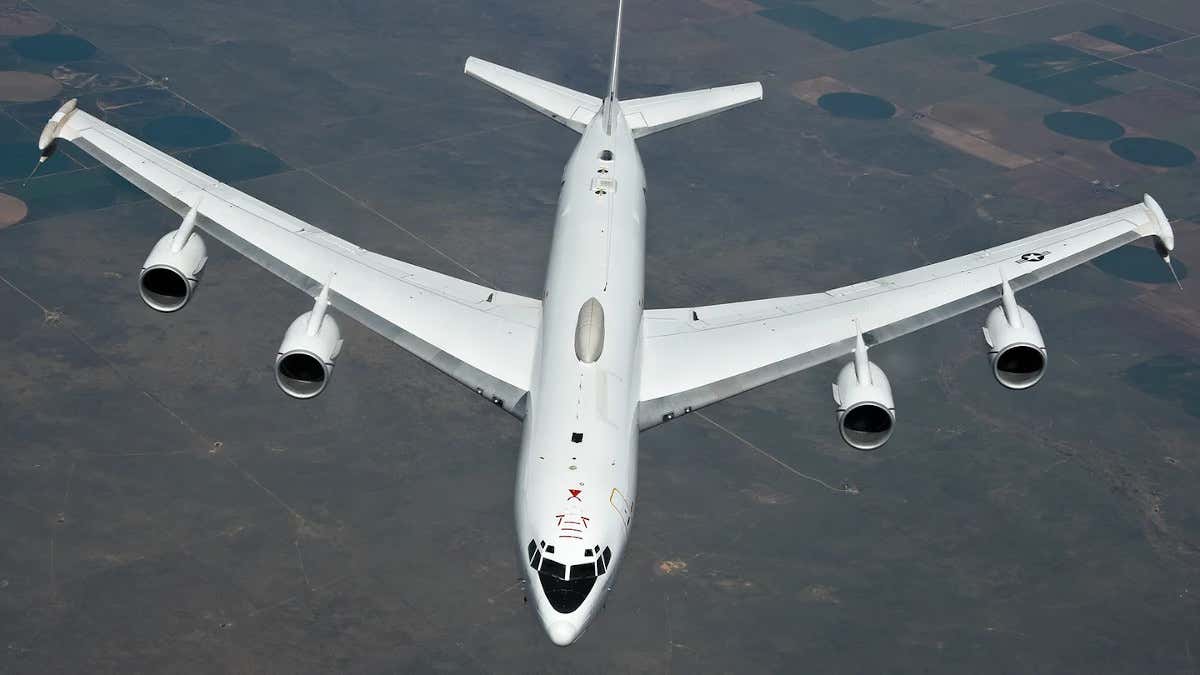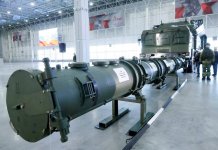The US Navy has reportedly identified a modified version of Lockheed Martin’s C-130J-30 Hercules turboprop airlifter as the next “doomsday” aircraft, capable of offering airborne command and control support to the US’ nuclear deterrent forces.
The C-130J-30 Hercules will be fielded by the US military to carry out the ‘Take Charge And Move Out’ (TACAMO) survivable nuclear communications role.
It envisages relaying orders to carry out nuclear strikes or even remotely initiating the launch of intercontinental ballistic missiles from their silos (a specially built place underground where a nuclear missile is kept).
TACAMO is a US military system of survivable communication links that have been designed to be used in nuclear warfare. It maintains the communication link between the National Command Authority (the decision-makers) and the triad of strategic nuclear weapon delivery systems.

The primary mission of the system is to serve as a signals relay — after receiving orders from a command plane such as Operation Looking Glass (US’s airborne command and control center), it verifies and retransmits their emergency action messages (EAMs) to the US strategic forces.
Currently, the mission is performed by the US Navy’s fleet of E-6B Mercury jets, which are modified versions of the Boeing 707 airliner, commonly referred to as ‘Doomsday Planes’.

Based on the Boeing 707 airframe, the E-6’s mission is to provide the US Navy with a “survivable airborne communication system” during times of an emergency. The platform, which has now been modified to the E-6B Standard, is the airborne portion of the TACAMO communications system.
The Boeing E-6Bs had replaced an earlier EC-130Q aircraft just over 30 years ago in carrying out missions for the US Navy.
An “Analysis of Alternatives” was carried out by the Naval Air Systems Command (NAVAIR) earlier, after which its results were announced on December 18.
The US government’s official contracting website also hinted at the navy’s intent on acquiring up to three C-130J-30s for TACAMO test purposes through a sole-source deal with Lockheed Martin.
According to NAVAIR’s contracting notice, “The Analysis of Alternatives (AoA) results indicated that the four-engine, militarized C-130J-30 is optimally configured aircraft for performing the TACAMO mission. The characteristics of this airframe also maximize the operational deployability of the assets to austere environments.”
The C-130 is currently extensively fielded within the Department of Defense, and deployed at various bases that create operation, training, and logistics support synergies for TACAMO execution.
The notice further says that Lockheed Martin already has an established domestic production line that has the ability to “produce test units for PMA271 (NAVAIR’s Airborne Strategic Command, Control, and Communications Program office) that will enable the acceleration of the risk reduction and subsequent engineering and manufacturing development test program”.
The C-130J is the latest addition to the famous Hercules family. The strategic military transport aircraft is said to be a comprehensive upgrade of the earlier C-130 Hercules.
Built by the world-renowned Lockheed Martin, the aircraft’s distinctive feature has been its ability to use unprepared runways for takeoffs and landings. The platform is currently in service with more than 70 nations across the world and has proved to be a highly modular platform.
On the other hand, the C-130J-30 is an extended length version of the standard C-130J and is 15-feet longer, which makes it more suitable for TACAMO missions.
The availability of the additional space is considered extremely important for the US Navy, which can carry an extensive suite of secure communications equipment using these aircraft.
In addition, the extra room paves the way for the installation of the extremely long Very Low Frequency (VLF) antenna, which is necessary for communicating with ballistic missile submarines.
Follow EurAsian Times on Google News




